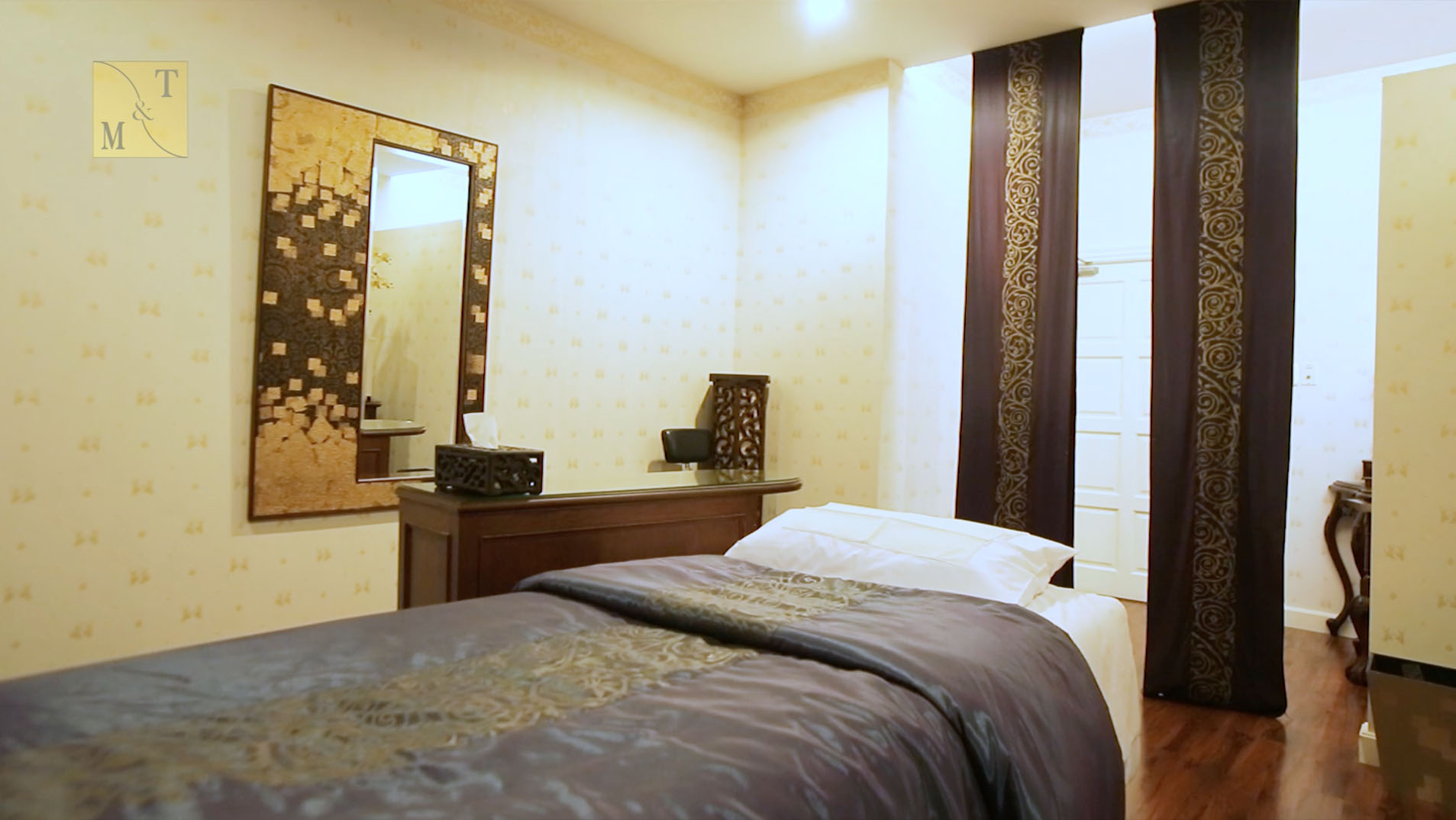Causes:
Though 70% have a familial history of the disease the actual cause is unknown
Symptoms:
Headaches often start on one side of your head. They cause moderate to severe pain that is throbbing or pulsing that may radiate around your entire head or to your neck. Sometimes the pain may alternate between the two sides of your head or involve both sides simulataneously. Pain often persists for hours to days and does not usually subside within 10-15 minutes. The pain is often accompanied by nausea and vomitting. Aura such as flashing or bright lights often occur prior to the onset of the headaches.




